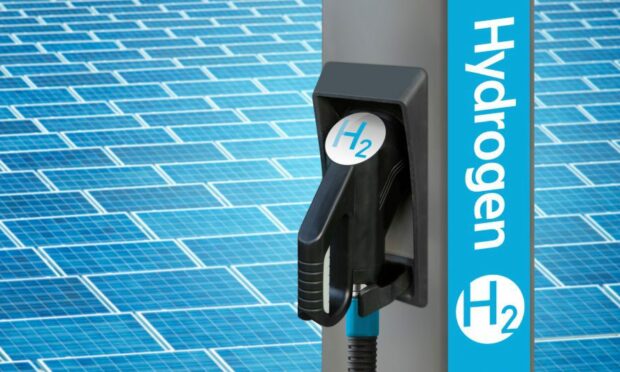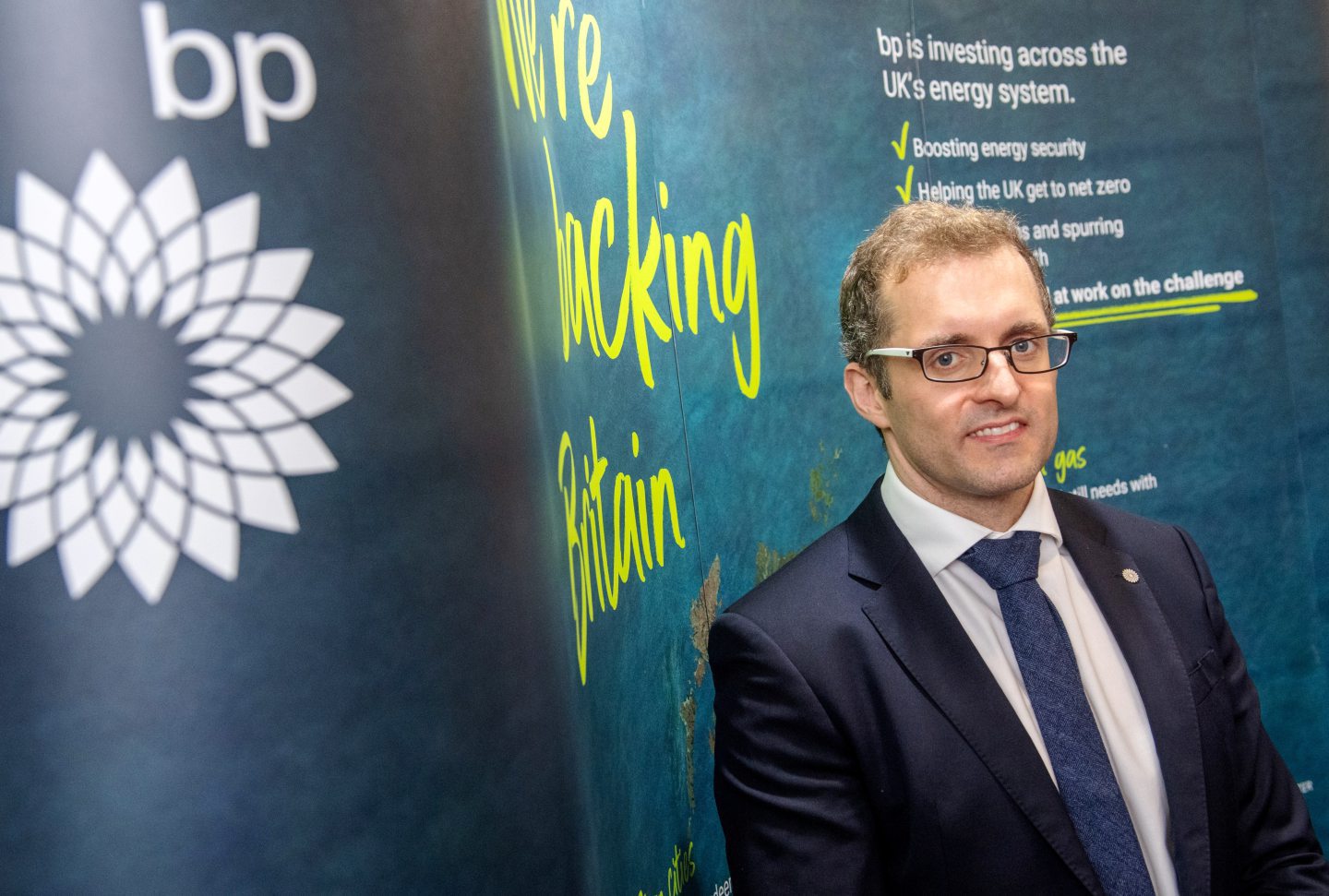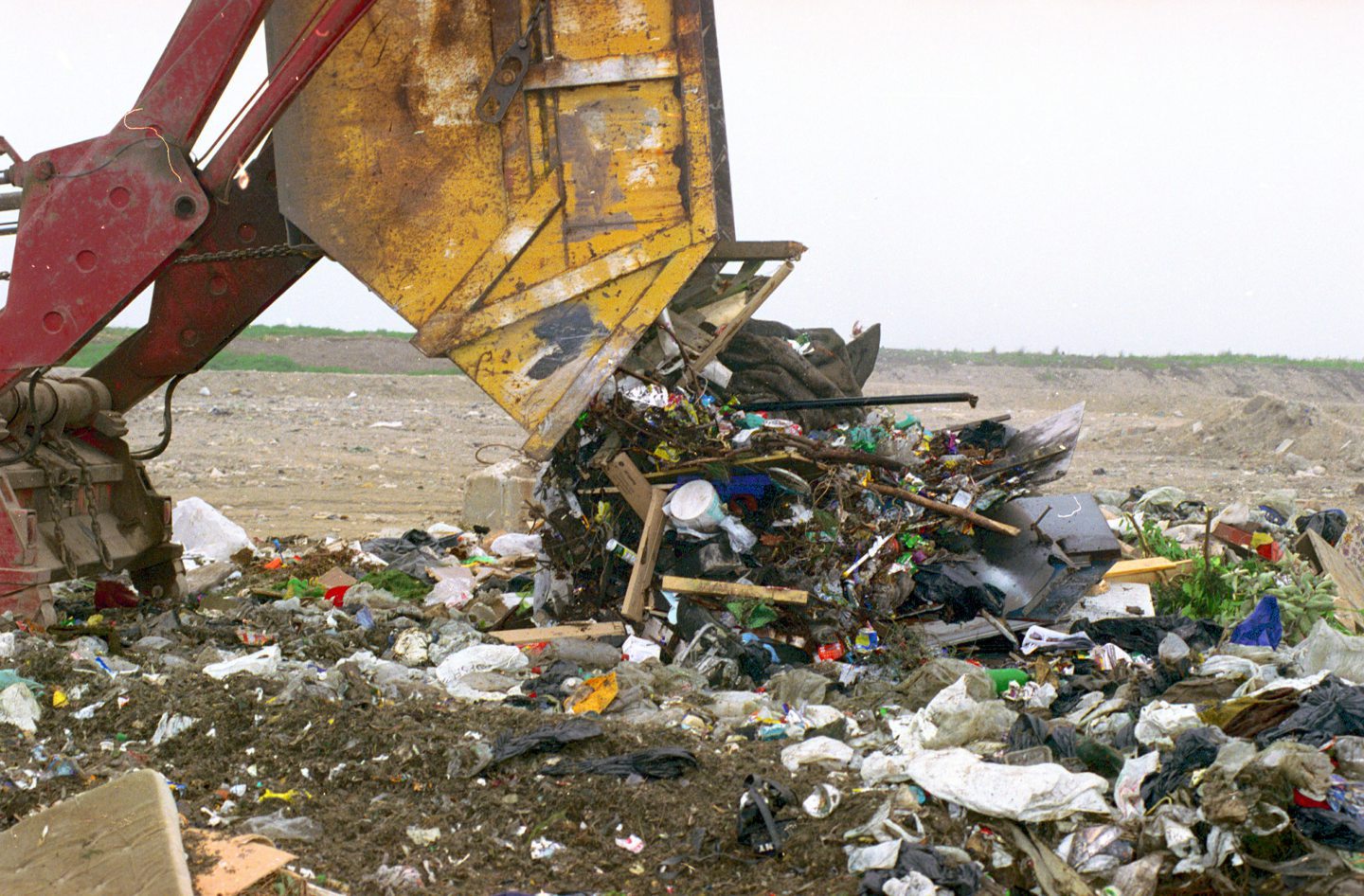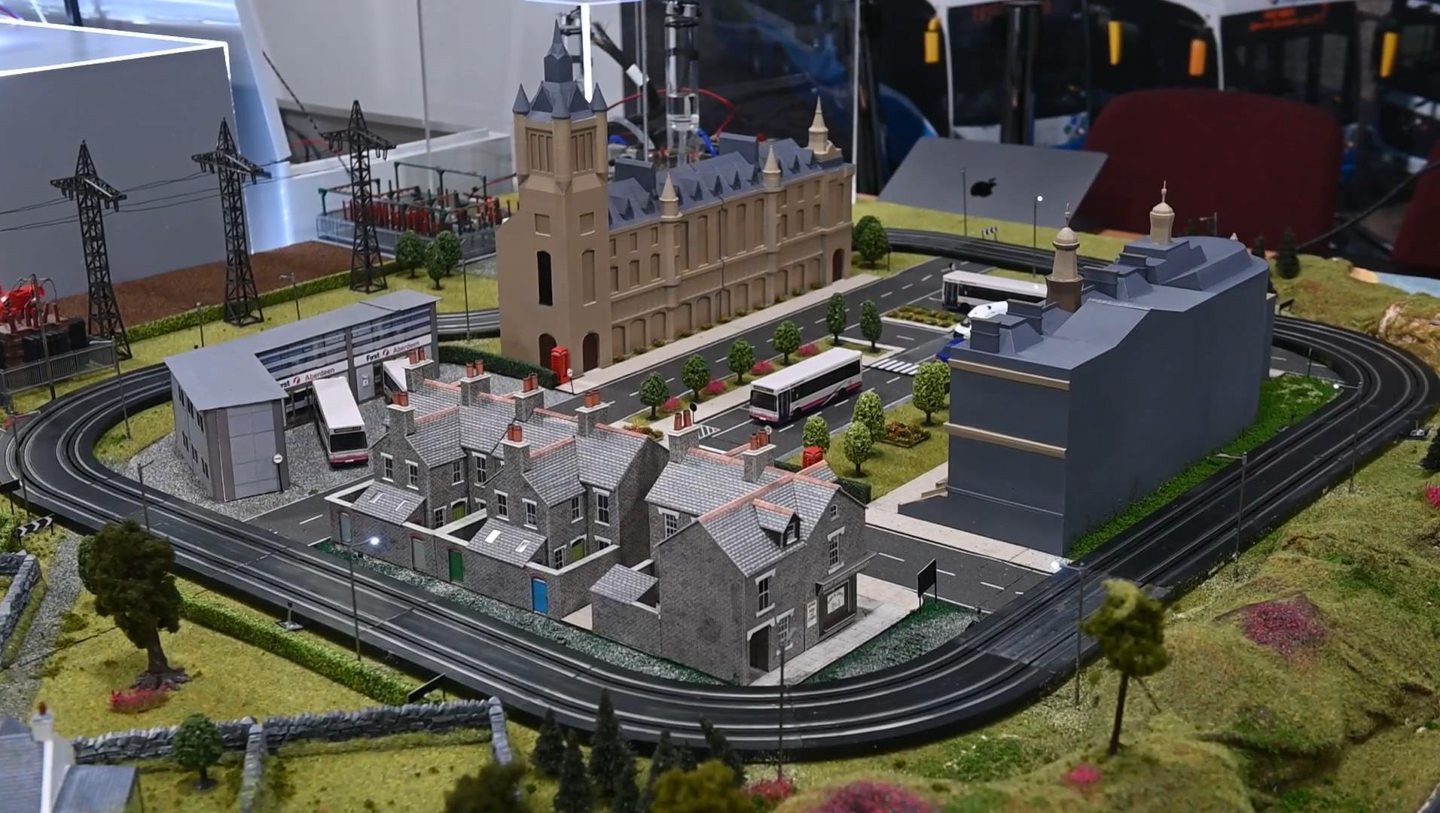Planning documents to be discussed by councillors next week have set out details for the Aberdeen Hydrogen Hub proposed by energy giant BP.
An area of 123 acres has been identified for the solar farm and “green” hydrogen production and refuelling facility.
It would serve a fleet of 25 Aberdeen buses from the end of 2024. Later, as the project develops, it is expected to serve rail, truck and marine vehicles, and for production to take energy from larger-scale renewables like offshore wind.
What and where?
The solar farm would power the production site. An area of 121 acres has been identified for this, though the planning document notes only 69 acres will actually be used. The site would be home to banks of solar panels, electrical transformers and other equipment, such as CCTV cameras.
The production and refuelling facility, a two-acre site on Hareness Road, will be a 24/7 operation, producing up to nearly 2000lbs of hydrogen per day.
Two access points on Hareness Road are proposed – planners say a bus stop on the west side of Hareness Road would need to be moved and a footpath extended.
An underground power cable connection would be installed between the two sites.
What’s near and around the location?
The solar farm site is close to coastal land to the east, Port of Aberdeen’s South Harbour to the north-east, and the Nigg wastewater treatment works to the immediate north.
To the west is Tullos Hill, heathland designated as a local nature conservation area.
Nigg Bay is a site of Special Scientific Interest lies on the opposite side of the Coast Road to the north-east.
Planning documents show the solar site extends south and includes a parcel of land between the Coast Road, railway and edge of industrial sites at Altens. An area of around 2.5 acres next to the former Irvin House forms the southern part of the development.
Historic monuments and solar panels
There are several bronze-age cairns nearby on Tullos Hill.
Historic Environment Scotland (HES) said the proposals “do not raise issues of national significance but it had some concerns over “impacts”.
Although the solar panels would be low in height and set behind a fence, HES said there would be “adverse impact” on the setting of Crab’s Cairn. It recommended BP sets the panels in such a way that opens up views of the surrounding land and sea. The planning documents note BP has agreed to do this.
Moving forward
Aberdeen City Council picked BP as the preferred bidder to build the production hub last year. They are 50-50 partners in the project.
The scheme has its critics, with the Scottish Greens against the oil and gas giant’s involvement.
We’re working on decarbonizing transportation. This time with our model of the Aberdeen #Hydrogen Hub. We created a digital twin to determine the technology needed to optimize #GreenHydrogen production in the city. @H2Aberdeen
Learn more: https://t.co/YZQVageC9F pic.twitter.com/c3CQwecJnl
— bp (@bp_plc) June 21, 2023
BP expects to take a key final investment decision on the project this year.
The Scottish Government earmarked £15 million for the development in 2021.
What is green hydrogen?
Industry hopes hydrogen can replace natural gas as a primary fuel source in areas like heavy industry and transport. The size of the market for other uses, such as domestic heating, remains unclear.
Green hydrogen is derived from sustainable energy sources like offshore wind, or in this case solar power. It is said to be more expensive than its dirtier alternative of blue hydrogen, derived from natural gas.
Further uptake of hydrogen is expected throughout Europe in the coming years as major infrastructure projects requiring a steady supply of the gas take shape.
Read more: 9 hydrogen projects to watch out for in north and north-east



